The Pontiac 421 Tri-Power was a standout engine during the golden age of muscle cars, known for its impressive performance and unique design. Enthusiasts and collectors continue to admire its engineering prowess and historical significance. Let’s delve into the history of the 421 Tri-Power, the models that featured it, and its current market value.
The Birth of the 421 Tri-Power
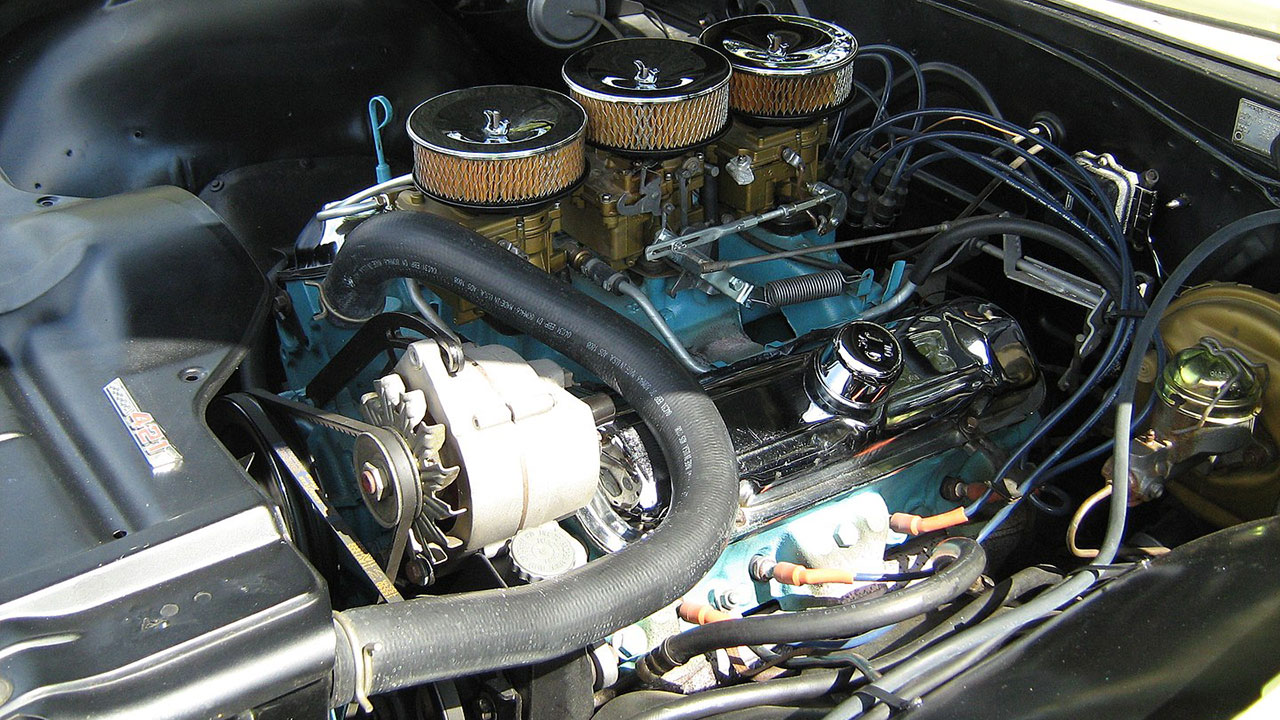
The early 1960s marked a period of significant innovation for Pontiac. Engineers were driven by the desire to enhance performance and attract a younger demographic that was eager for speed and power. This led to the introduction of the 421 Tri-Power engine, which was first made available in 1962. The engine was a V8 behemoth with a displacement of 421 cubic inches, designed to deliver exceptional horsepower and torque.
Featuring a distinctive setup of three two-barrel carburetors, the 421 Tri-Power was capable of producing around 370 to 376 horsepower, depending on the configuration. This made it one of the most powerful engines of its time, easily appealing to those who valued speed and performance. The engine was initially offered in models like the Pontiac Catalina and the Pontiac Grand Prix, which laid the groundwork for its enduring legacy.
Peak Popularity and Performance
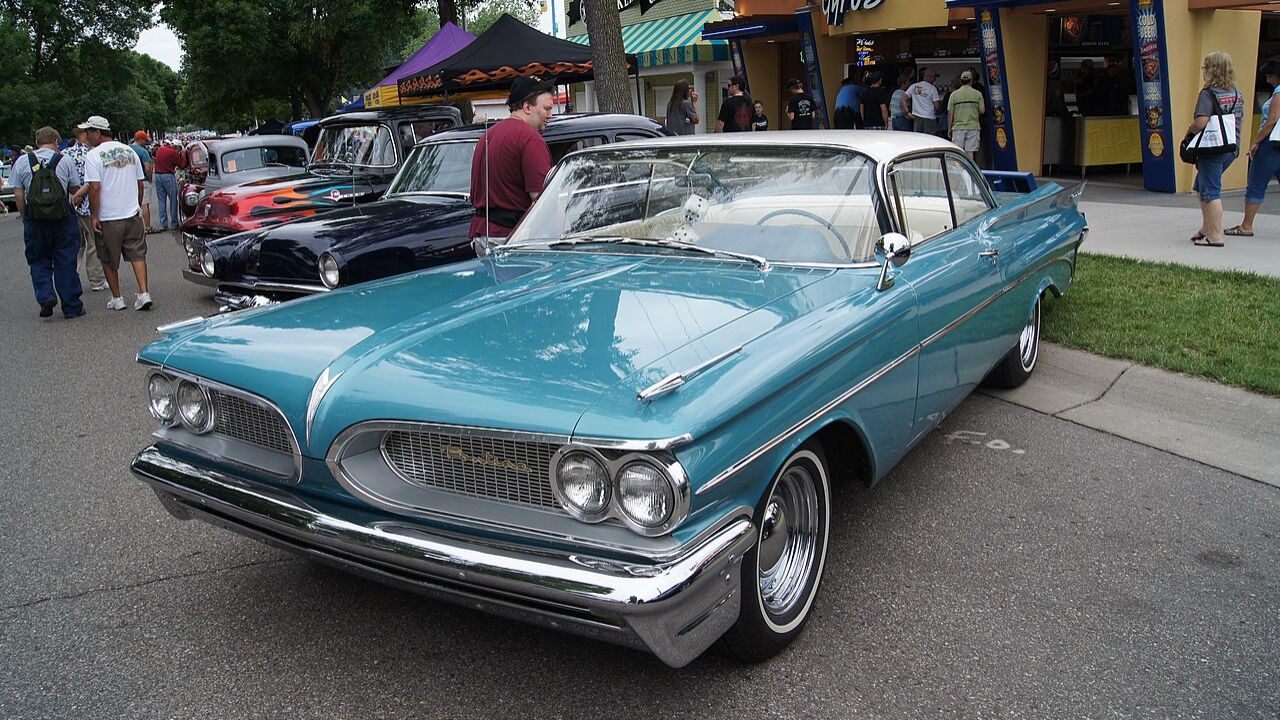
The 421 Tri-Power engine quickly became synonymous with Pontiac’s identity, elevating the brand’s status in the competitive muscle car market. During the height of its popularity, this engine was celebrated for its ability to deliver breathtaking performance stats. The Pontiac Catalina, for example, was equipped with the Super Duty version of the engine, capable of completing a quarter-mile run in under 13 seconds, which was a remarkable feat at the time.
The cultural significance of the 421 Tri-Power during the muscle car era cannot be overstated. It became a symbol of the American automotive industry’s prowess and innovation. Car enthusiasts flocked to dealerships, eager to experience the thrill of driving a vehicle equipped with this powerful engine. The 421 Tri-Power played a crucial role in solidifying Pontiac’s reputation as a leader in the muscle car segment, making it a household name among performance car lovers.
The Models That Made It Famous
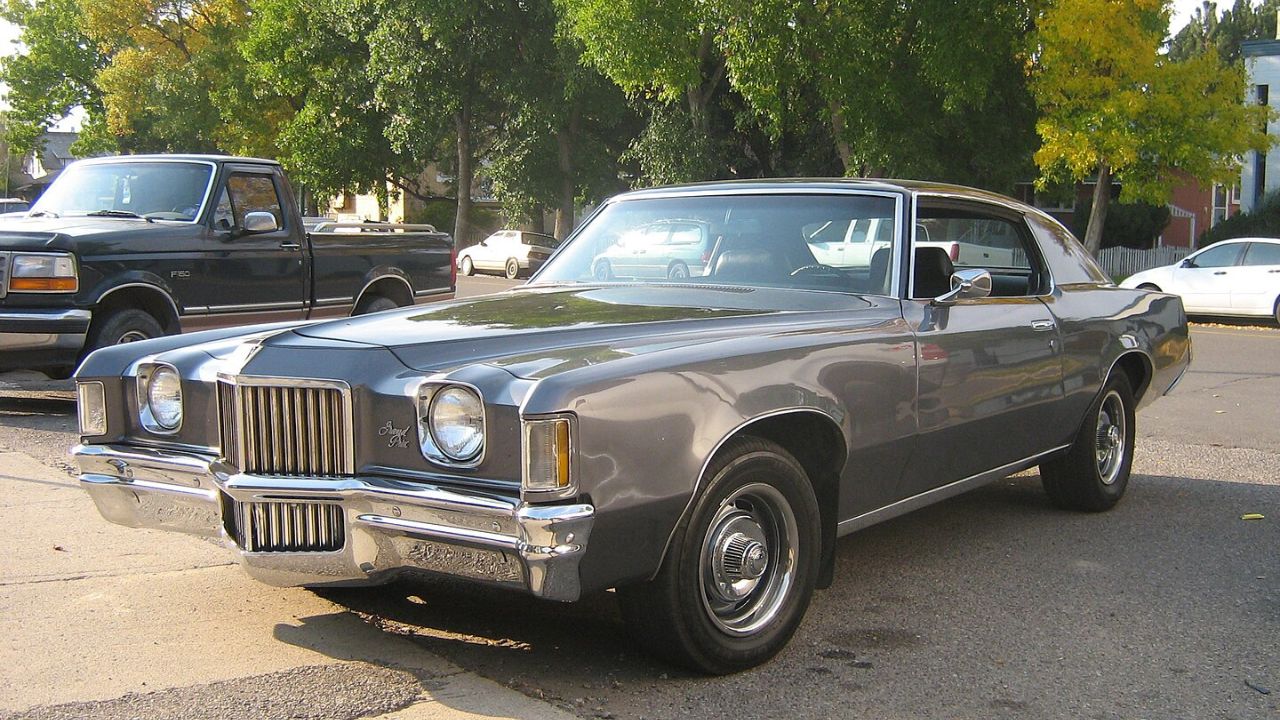
Several models contributed to the 421 Tri-Power’s fame, with the Pontiac Catalina and Pontiac Grand Prix being among the most notable. The 1962 Pontiac Catalina, for instance, became a legend in its own right, especially when equipped with the Super Duty version of the engine. This car was not only a powerhouse on the drag strip but also a stylish choice for those who valued aesthetics as much as performance.
Another model that helped cement the 421 Tri-Power’s reputation was the 1966 Pontiac Grand Prix. This full-sized luxury coupe offered drivers the perfect blend of power and sophistication. A Grand Prix equipped with the Tri-Power engine was more than just a car; it was a statement of style and performance. Anecdotes from the era often highlight the engine’s growl and the thrill of its acceleration. One such story involves a 1966 Grand Prix that was kept in a shed for over three decades, only to reveal a well-preserved 421 Tri-Power under its hood when rediscovered.
The Decline and Discontinuation
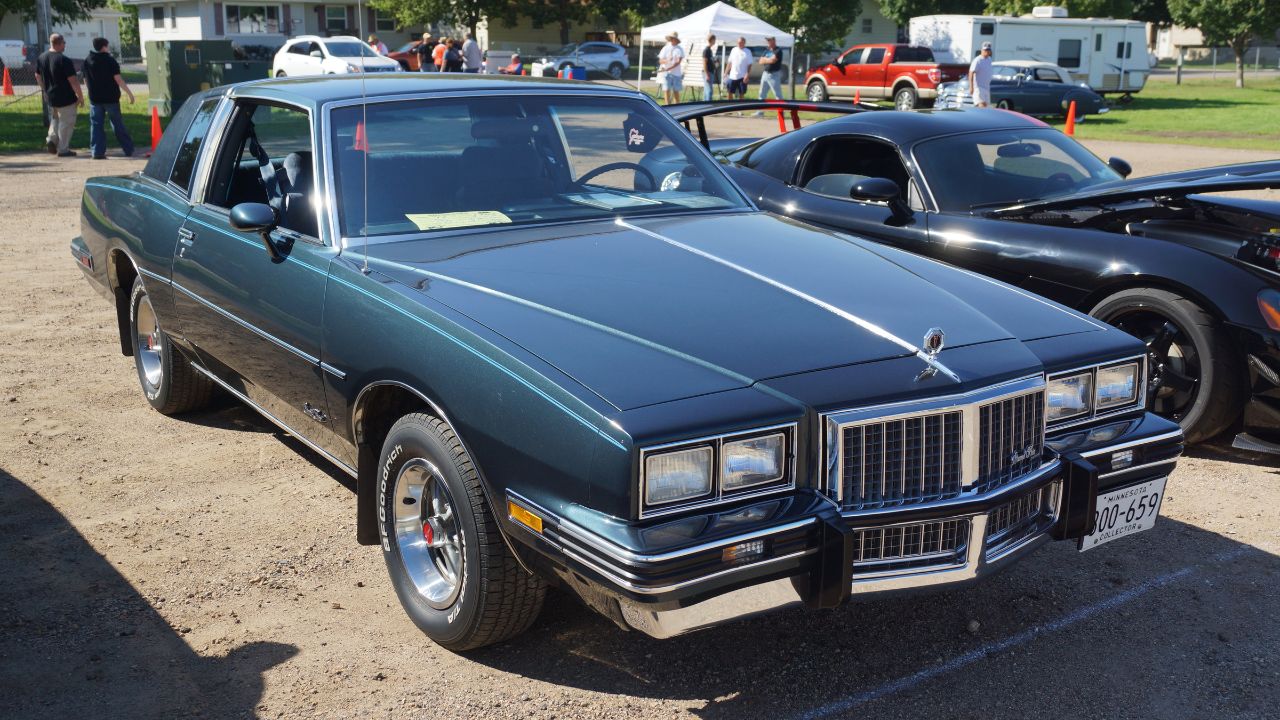
Despite its popularity, the 421 Tri-Power faced challenges that eventually led to its decline. By the late 1960s, changing regulations, rising insurance costs, and the oil crisis began to reshape the automotive landscape. These factors forced manufacturers like Pontiac to rethink their strategies and focus on more fuel-efficient engines, leading to the gradual phasing out of the high-performance Tri-Power setup.
The end of the 421 Tri-Power era marked a significant shift in Pontiac’s focus, as the brand began to prioritize efficiency and affordability over sheer power. The transition was inevitable as market dynamics evolved, but it also marked the end of a golden chapter in Pontiac’s history. The muscle car era was waning, and with it, the roar of the 421 Tri-Power began to fade, leaving behind a legacy that continues to be celebrated by car enthusiasts today.
Current Market Value and Collectibility
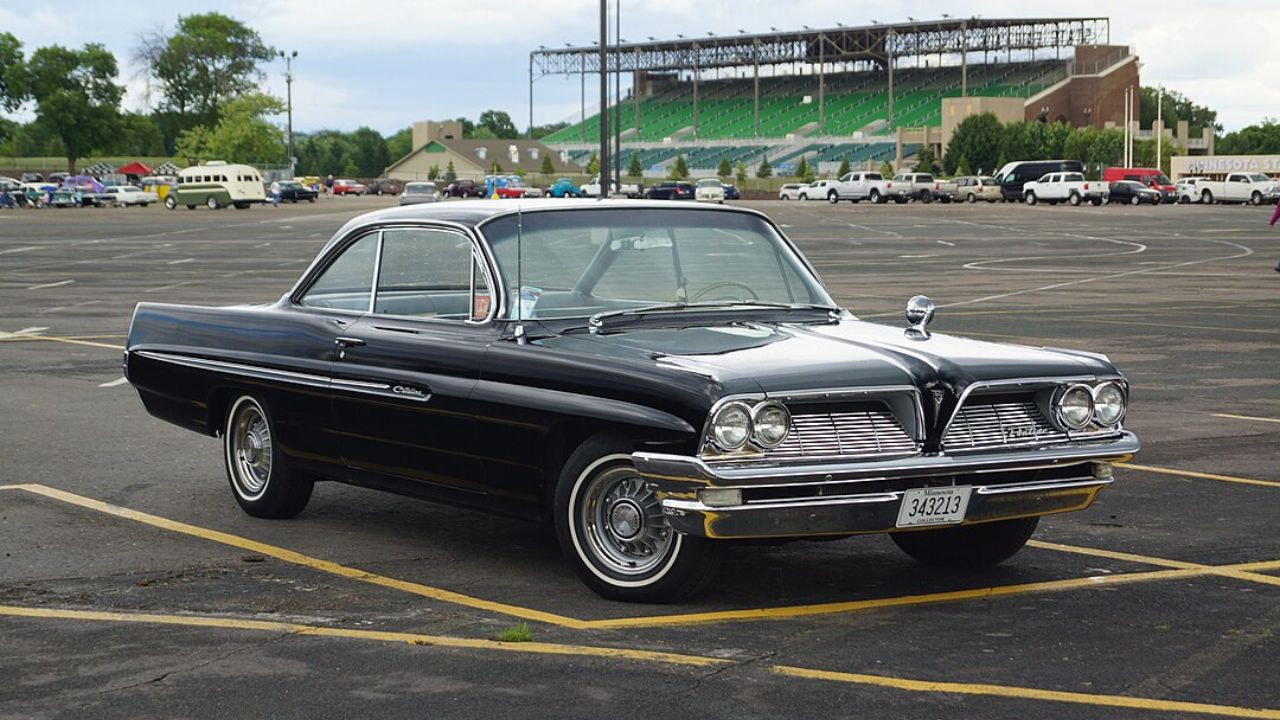
Today, the Pontiac 421 Tri-Power remains a highly sought-after piece of automotive history. Its rarity and performance pedigree make it a prized possession for collectors and enthusiasts. The market demand for models equipped with this engine has remained robust, with some vehicles fetching premium prices at auctions and private sales.
The value of a Pontiac with a 421 Tri-Power can vary significantly based on factors such as condition, originality, and rarity. Generally, prices for these classic cars can range from $50,000 to over $100,000, depending on the specific model and its provenance. Collectors are advised to conduct thorough research and, if possible, consult with experts to ensure they are making informed decisions when acquiring these classic vehicles.
For those interested in owning a piece of this iconic era, it’s essential to pay attention to details such as matching numbers, original parts, and documented history. Engaging with online forums, attending car shows, and networking with fellow enthusiasts can provide valuable insights and opportunities to find these treasured automobiles.
Like Fast Lane Only’s content? Be sure to follow us.
Here’s more from us:
*Created with AI assistance and editor review.

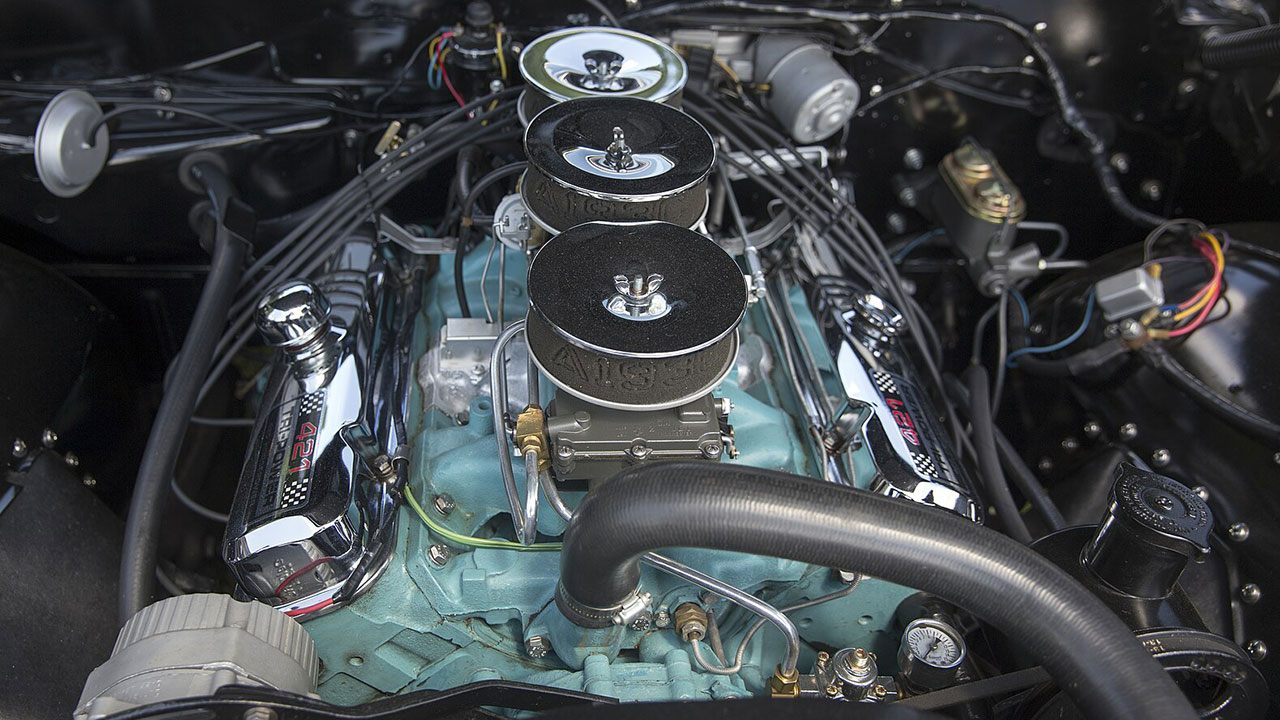



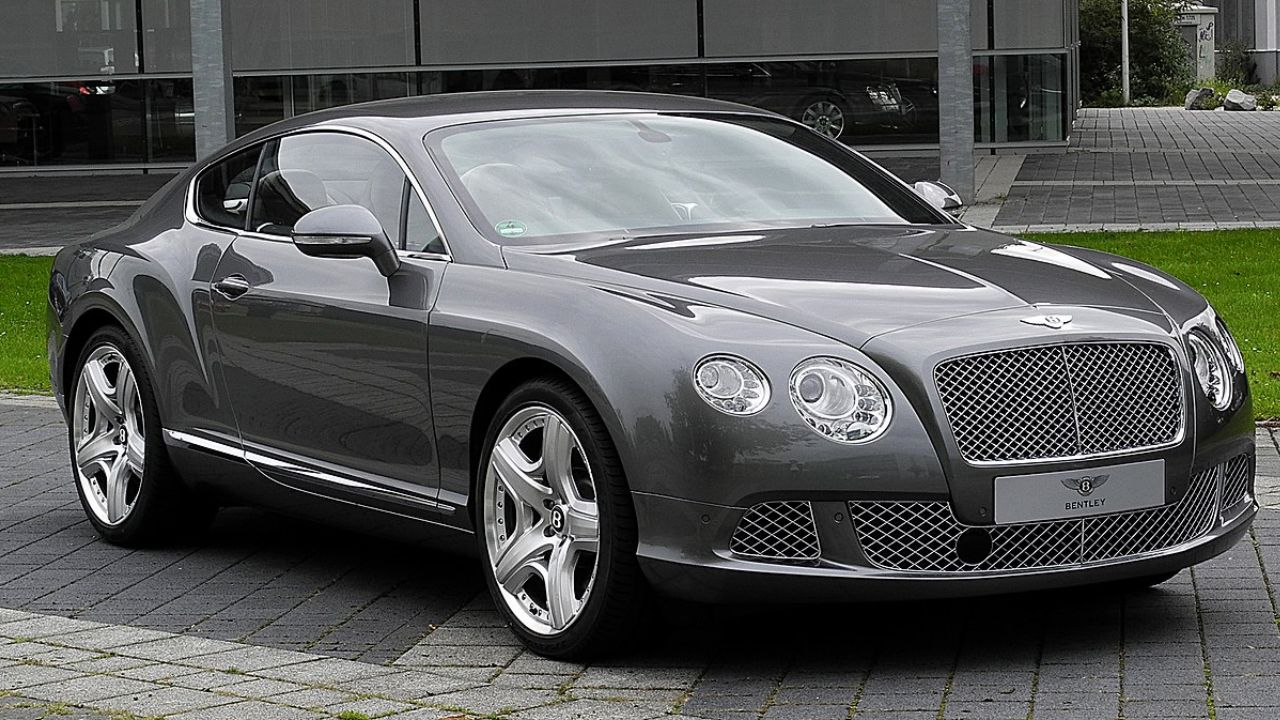

Leave a Reply